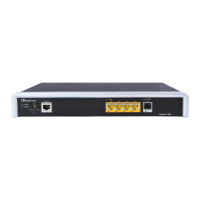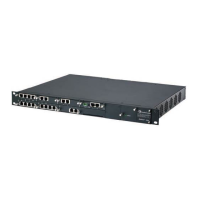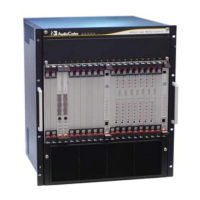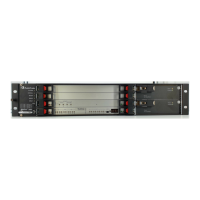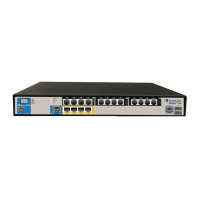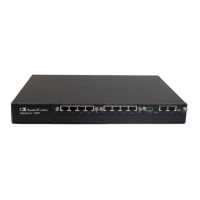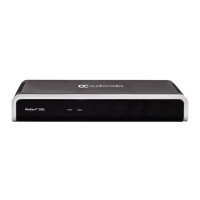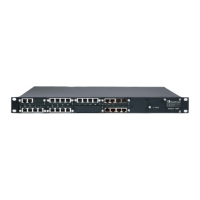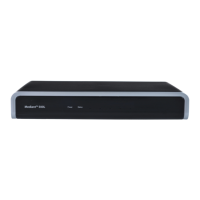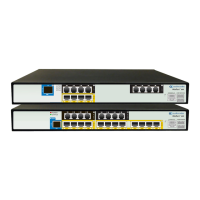User's Manual 336 Document #: LTRT-68822
Mediant 2000
Note: Manipulation using the ManipulateIP2PSTNReferTo parameter does not affect
IP-to-Trunk Group routing rules.
26.3 Call Forward
The device supports Call Deflection (ETS-300-207-1) for Euro ISDN and QSIG (ETSI TS
102 393) for Network and User sides, which provides IP-ISDN interworking of call
forwarding (call diversion) when the device receives a SIP 302 response.
Call forward performed by the SIP side: Upon receipt of a Facility message with Call
Rerouting IE from the PSTN, the device initiates a SIP transfer process by sending a SIP
302 (including the Call Rerouting destination number) to the IP in response to the remote
SIP entity's INVITE message. The device then responds with a Disconnect message to the
PSTN side.
Call forward performed by the PSTN side: When the device sends the INVITE message to
the remote SIP entity and receives a SIP 302 response, the device sends a Facility
message with the same IE mentioned above to the PSTN, and waits for the PSTN side to
disconnect the call. This is configured using the CallReroutingMode.
Notes:
• When call forward is initiated, the device sends a SIP 302 response with a contact
that contains the phone number from the forward table and its corresponding IP
address from the routing table (or when a proxy is used, the proxy’s IP address).
• For receiving call forward, the device handles SIP 3xx responses for redirecting
calls with a new contact.
26.4 Message Waiting Indication
The device supports Message Waiting Indication (MWI) according to IETF RFC 3842,
including SUBSCRIBE to an MWI server.
Note: For more information on IP voice mail configuration, refer to the IP Voice Mail
CPE Configuration Guide.
To configure MWI, use the following parameters:
EnableMWI
MWIServerIP, or MWISubscribeIPGroupID and ProxySet
EnableMWISubscription
MWIExpirationTime
SubscribeRetryTime
SubscriptionMode
VoiceMailInterface
EnableVMURI
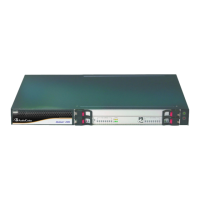
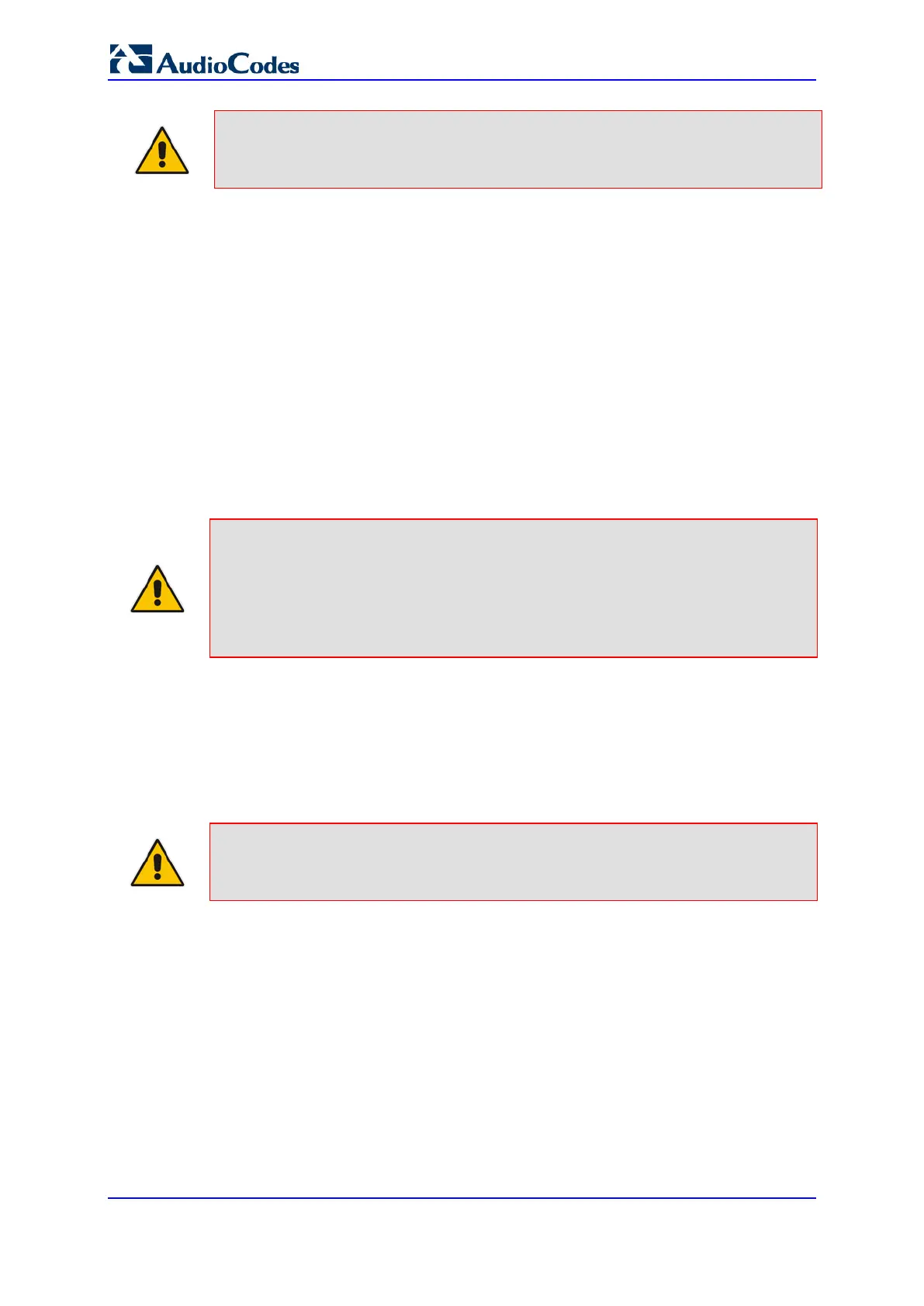